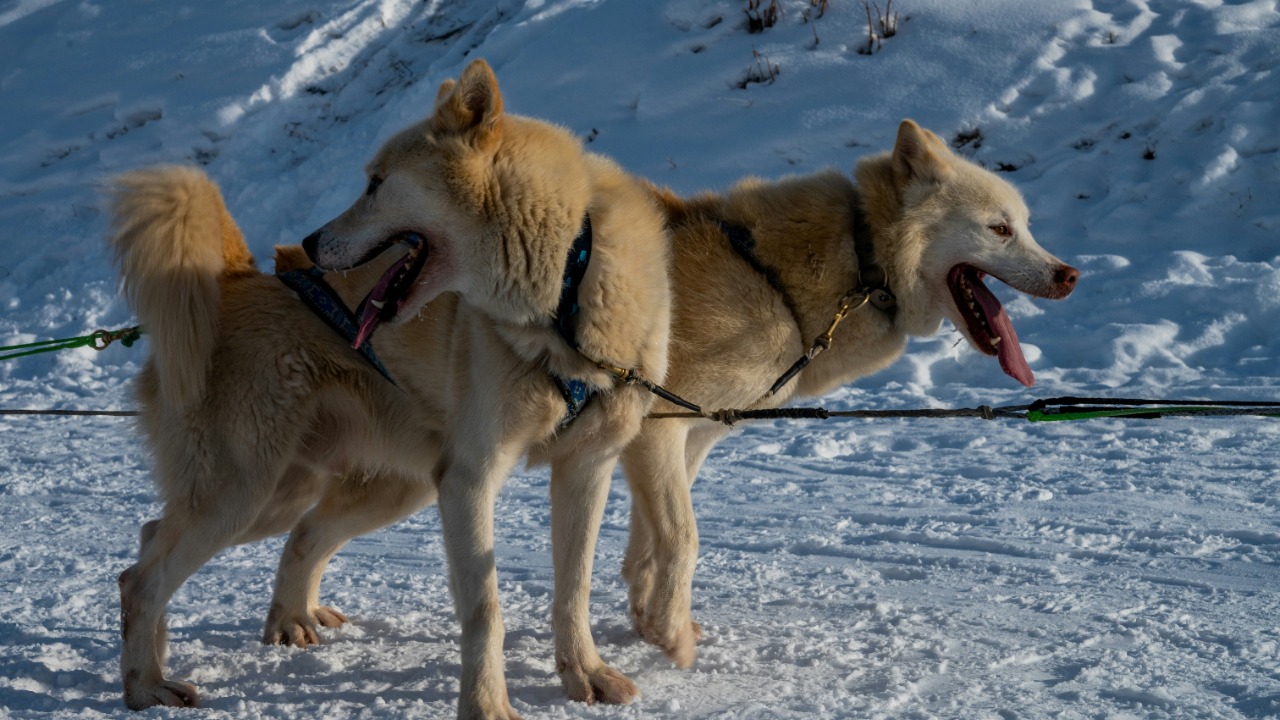
Recent analysis of ancient DNA has unveiled a profound bond between humans and dogs, tracing back at least 10,000 years. This partnership is evident in the shared migratory patterns across Eurasia, with genetic evidence showing dogs accompanying humans in their travels. A parallel study also reveals a similar journey of pre-contact dogs across the Americas, further emphasizing the deep-rooted co-evolutionary relationship between the two species.
Genetic Evidence from Eurasian Sites
Investigations into ancient dog remains from key Eurasian archaeological sites have revealed shared migration timelines with human populations. This connection is established through the alignment of dog DNA haplotypes with human movement patterns across the continent. Specific genetic markers in dog samples have been found to coincide with human trade networks, reinforcing the notion that dogs were integral companions in human migrations and trade as evidenced in recent studies.
DNA sequencing from these sites further confirms the role of dogs as companions during long-distance human travels. This evidence helps to distinguish the shared human-dog migration waves from unrelated human-only migration waves, providing a clearer picture of our shared history.
Timeline of Human-Dog Co-Migration
Chronological genetic data from Eurasian contexts provides evidence for humans and dogs migrating together for at least 10,000 years. Early domestication signals in dog DNA coincide with human expansions out of initial domestication regions, suggesting a broader Eurasian dispersal. This is supported by research that traces the co-migration of humans and dogs over millennia.
Intermediate migration phases also reveal interesting patterns. During these phases, dog populations show admixture events that mirror human group movements across steppes and mountains, further emphasizing the intertwined destinies of our species.
Dogs in Trade and Cultural Exchange
Ancient DNA studies indicate that dogs were not just companions but also played a significant role in human trade activities. Genetic diversity patterns in dogs reflect exchange routes across Eurasia, suggesting that dogs were part of the goods and services exchanged. Certain dog breeds or lineages spread via these trade routes, underscoring the finding that ancient DNA shows dogs joined human migrations and trade.
Archaeological contexts where dog burials or artifacts are found alongside human goods further underscore their role in cultural interactions. These findings highlight the importance of dogs in ancient human societies, not just as companions, but also as significant elements of trade and cultural exchange.
Comparative Migration to the Americas
The genetic journey of pre-contact American dogs, traced using ancient DNA, shows parallels to Eurasian patterns where dogs migrated with humans across continents. Specific dog lineages in the Americas that originated from Eurasian stock have been identified, as noted in a study titled “Ancient DNA Study Traces Incredible Journey of Dogs across Americas“.
Similar to the challenges faced during Eurasian migrations, bottlenecks in dog populations were observed during Beringian crossings. These shared human-dog dynamics emphasize the co-dependency and co-evolution of our species.
Implications for Domestication Origins
Eurasian dog DNA supports the theory of multiple domestication events tied to human migrations, reinforcing the at least 10,000-year timeline of co-migration. Regional variations in dog genetics evolved alongside human cultural shifts, linking to evidence of dogs as migrants in trade and settlement.
These findings also shed light on broader evolutionary impacts. For instance, adaptations in dogs that mirror human environmental challenges during Eurasian traversals suggest a deep co-evolutionary bond between the two species.
Broader Human Migration Insights
Findings on human migrations, such as Neandertal DNA from cave mud showing two waves of migration across Eurasia, provide a context for potential overlaps with early dog introductions. This information, dated 2021-04-15, offers a broader perspective on human migration patterns.
Dog DNA serves as a proxy for tracking less-preserved human movements, preserving the two waves detail without overshadowing the canine focus. Future research angles may include integrating dog and human genomes to refine Eurasian migration models, offering a more comprehensive understanding of our shared past.
More from MorningOverview